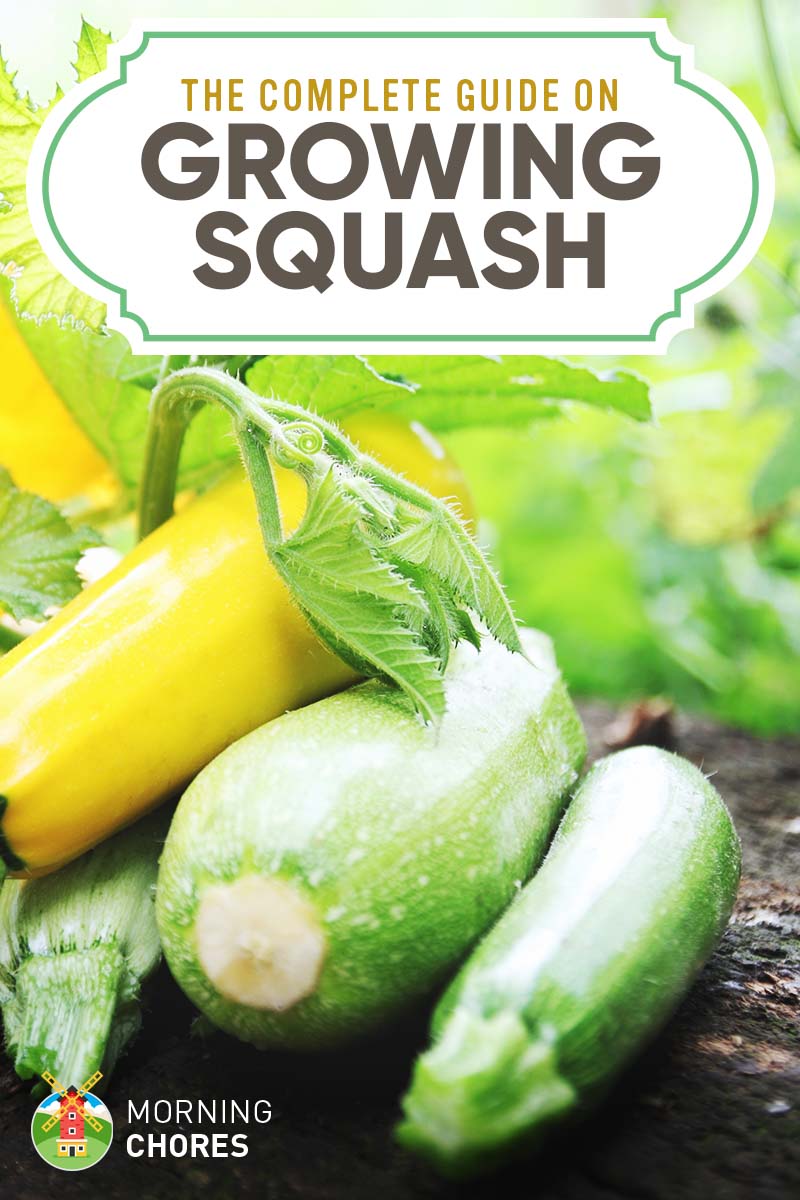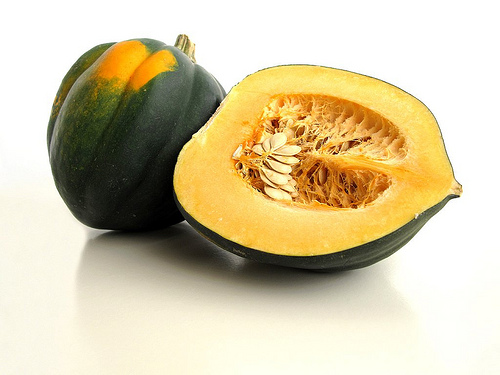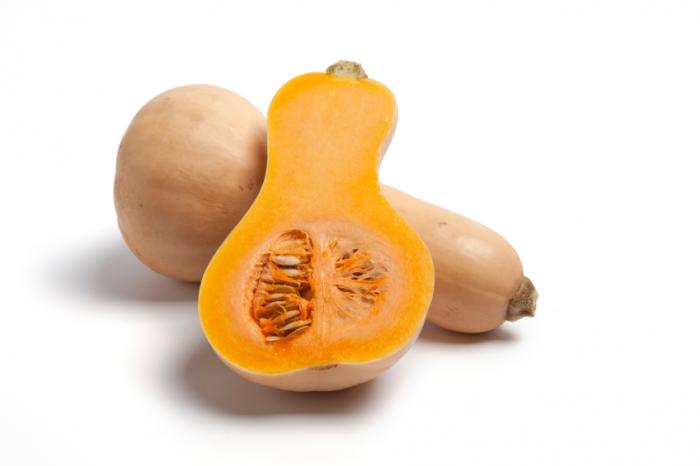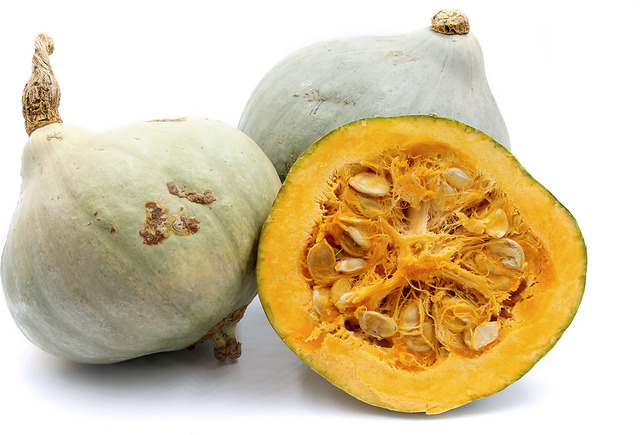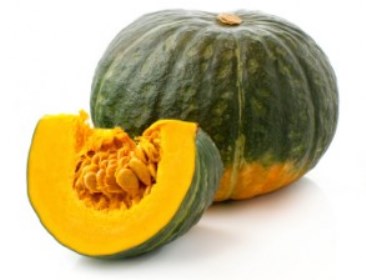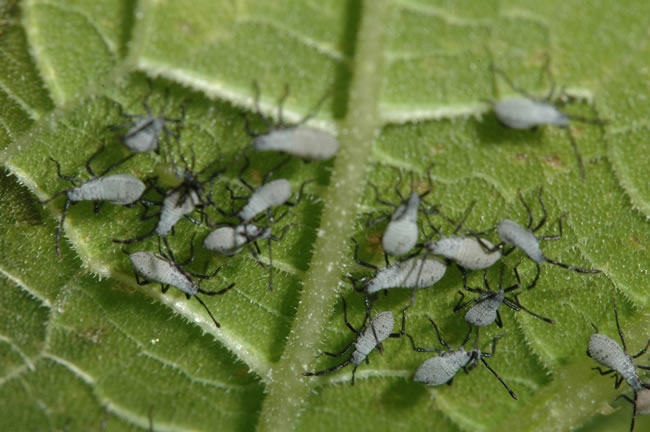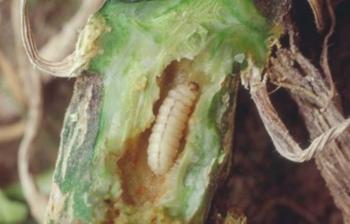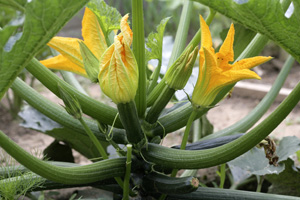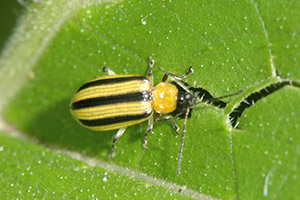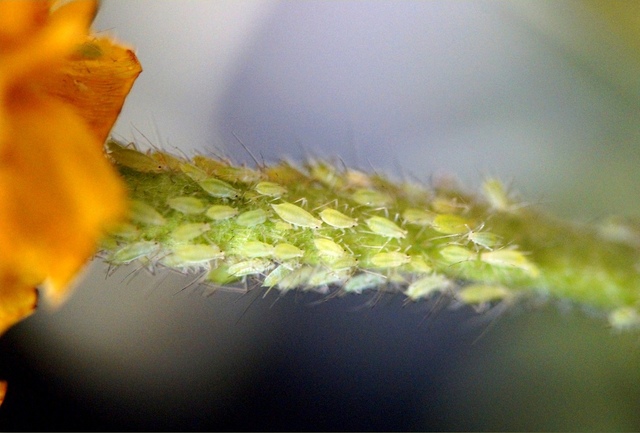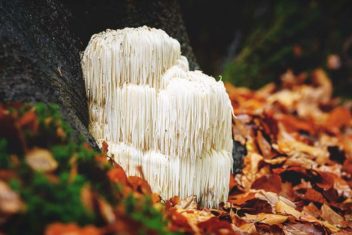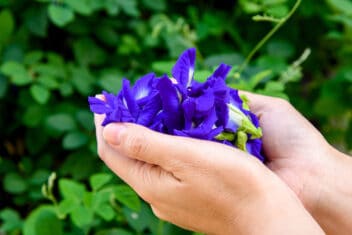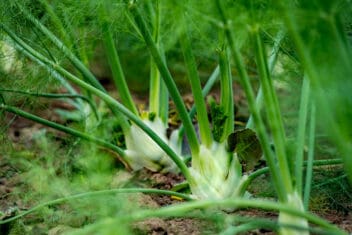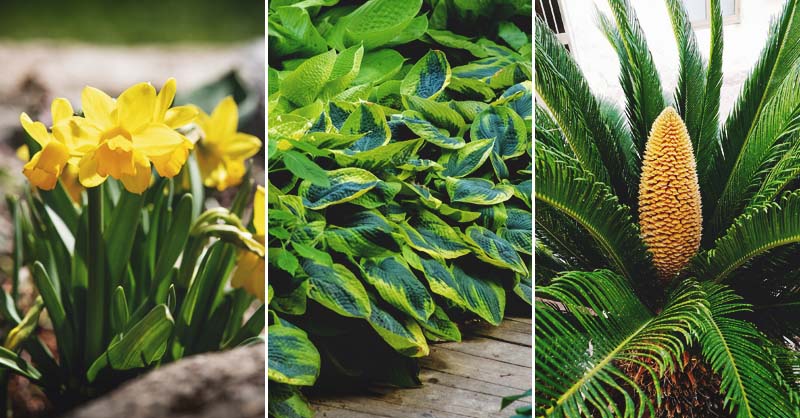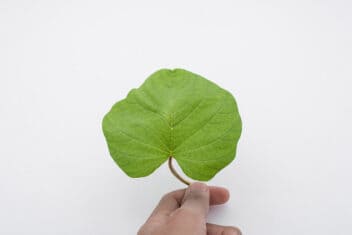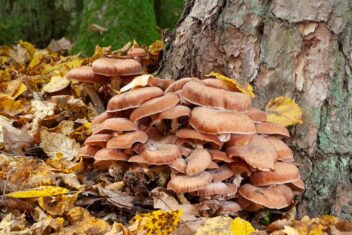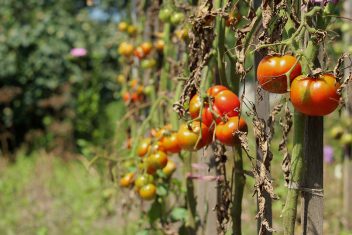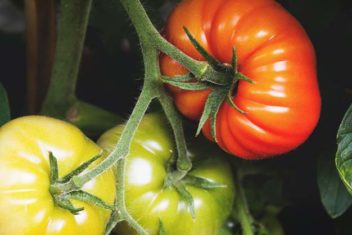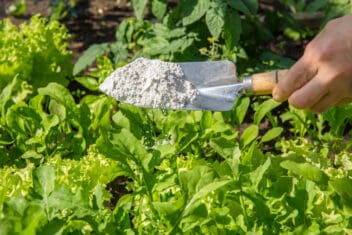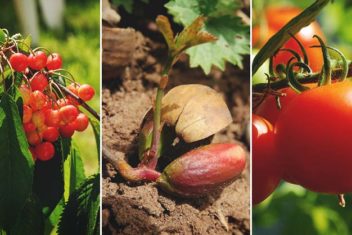One of my fondest memories is being out in the backyard and picking squash with my mother-in-law. As many of you know (I wrote about it here), we lost my mother-in-law almost 5 months ago. It has been a hard transition.
But it has encouraged me all the more to push onward with homesteading because of how much she thrived from it.
So this year, I want to grow the biggest and best garden yet with lots of beautiful squash plants. Because I can’t recall many more plants she loved more than a squash plant. Maybe tomatoes, but I think that would be the only plant that she babied more than the squash.
Which leads me to this blog post on how to grow squash. We are going to cover it all so let’s hop to it.
Types of Squash to Grow
Squash grows most of the year. You have summer squash and winter squash. Depending upon where you live, you might be able to grow squash earlier or later in the year. These are some of the most popular varieties:
Acorn:
Our first variety of squash is an acorn squash. It gets the name by appearance since it resembles an acorn. This type of squash is a great choice for roasting.
Butternut:
Butternut squash is a rather common variety of squash. It is used in many recipes and is versatile. It is great for roasting or for turning into soup as well.
Calabaza:
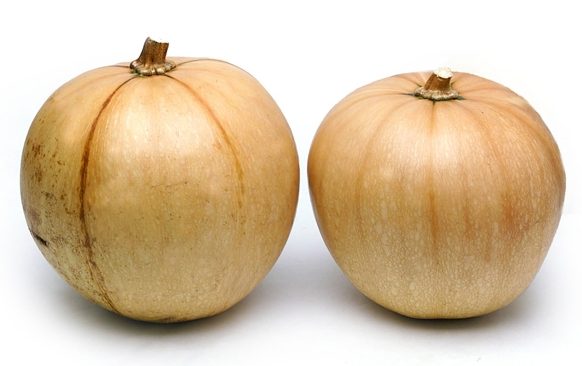
Via Melissas
This squash is one that is native in tropical regions. It looks a lot like a pumpkin and is great for baking as well.
Delicata:
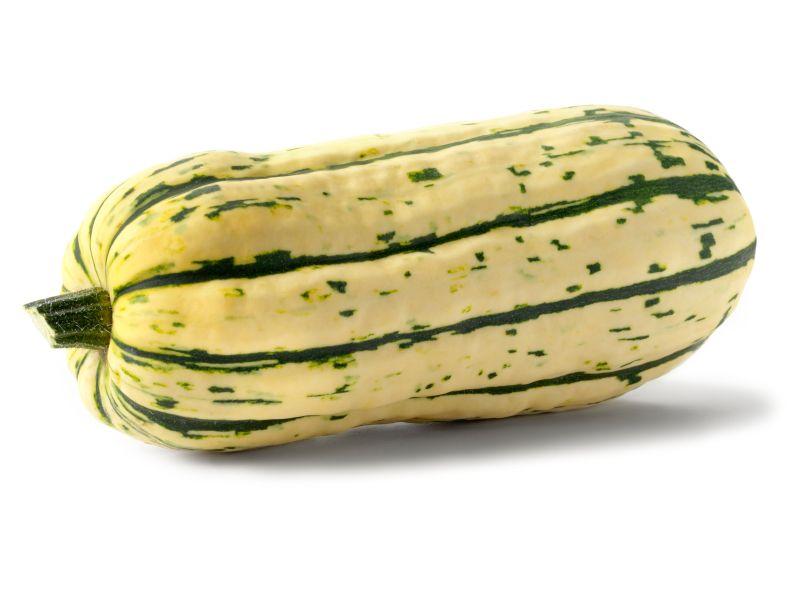
Via Love to Know
This squash is another form of winter squash. It is unique in appearance with its stripes but is also great for roasting and stuffing.
Hubbard:
This squash is a great choice if you are trying to get away from potatoes. The reason is that is great for mashing, you can puree it as well, or make pies.
Kabocha:
This variety of squash is one that is best used in soups. So if you are a soup person, then you’ll definitely want to consider growing this type of squash.
Pumpkin:
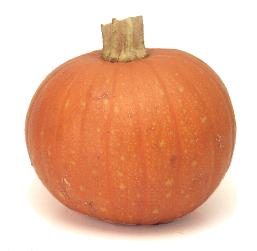
Via Food Subs
We are big pumpkin people in my house. My kids love pumpkin pies and pumpkin is also great for dogs and livestock too. If you’d like a versatile squash, then go with pumpkin as it can be used to make pancakes, pies, risottos, and quick breads.
Spaghetti:
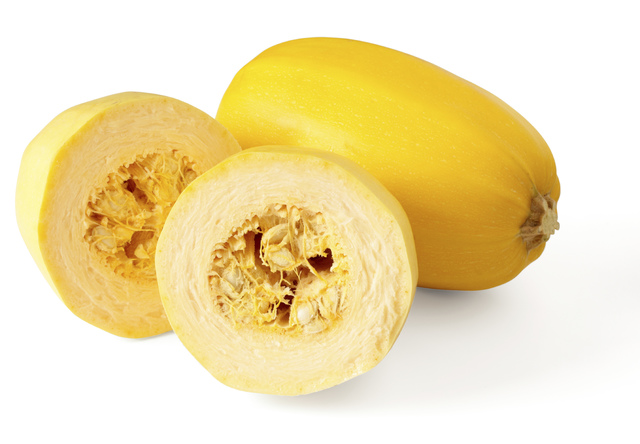
Via LoseIt
This squash has been all of the rage suddenly. Since so many people have discovered an allergy to gluten, many use this squash in the place of pasta.
Crookneck:
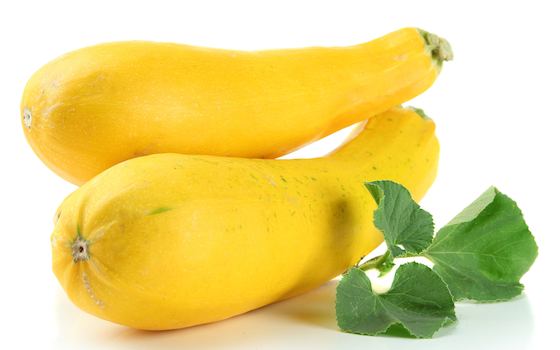
Via Master Cook
This is my favorite. It is a summer squash and can be used in many different dishes. I love the bright colors too.
Zucchini:
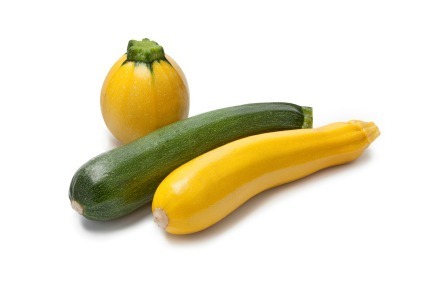
Via Thrifty Fun
Our final squash is the zucchini. It is green in color and easy to grow too. It too is a summer squash and can be used in many different dishes.
How to Plant & Grow Squash
1. Start Seeds (If applicable)
If you live in the Northern climate, then you may not have any other choice than to start the seeds indoors. The reason is that squash is very sensitive to too much heat or frost.
So if you are trying to grow summer squash, you’ll need to watch the last spring frost. If you are trying to grow winter squash, you’ll have to jump on it when the heat isn’t too bad but before the frost as well.
However, squash doesn’t transplant well. So if you must start the seeds indoors, you’ll need to use peat pots so you can plant the whole pot in the ground to give the seedling a greater chance at survival. You’ll need to start the seeds 2-4 weeks before the last frost.
Also, if you are growing summer squash, it is a good idea to plant a batch in the middle of summer because a lot of the pests that bother squash are gone by this point.
2. Soil Needs
Squash really aren’t that picky when it comes to soil. The main thing is the squash need full sun and need the soil to be moist but well drained. You don’t want soggy soil.
So if you can provide that for squash, then they’ll most likely grow without much of an issue. If they don’t, we’ll cover what could’ve possibly went wrong a few points down.
3. Plant
If you are planting your squash from seed (which is recommended if possible), you’ll want to plant them either in a garden bed or in a hill. In the garden bed, they’ll need to be planted 2-3 feet apart at about a 1 inch depth.
However, if you plant them in a hill, you’ll take 3-4 seeds and place them together. Then mound dirt in around them. If you are in the north, hill planting is recommended because the seeds stay off of the ground directly, which provides more warmth for germination. The hills will need to be 5-6 feet apart.
Also, for planting purposes, you’ll need to know that most summer squash varieties now come in bush form. Winter squash varieties are in vine form. So plan accordingly if you are growing a vine. Vines need to be planted about 8-12 feet apart.
Plus, almost all squash are fully matured and ready for harvest in 60 days.
4. Water and Fertilize
The final step to planting squash is to water regularly and consistently. One time a week, you’ll need to water the plants deeply. This means that you’ll give the squash plants about an inch of water so the water will reach the roots.
How to Care for Your Squash
1. Mulch
After planting each of your squash plants (and after plants have formed if you direct sowed), you’ll need to place mulch around each plant. This will protect the roots of the plant and keep weeds from becoming a problem.
2. Fertilize
When you see the first bloom appear on your squash plant, it is time to fertilize to the side of the plant. Then you’ll need to fertilize regularly. Like with most gardens, fertilization once every 4-6 weeks should be ample.
3. Water
You will need to water your squash plants heavily. As mentioned above, be sure to water them one day a week with one inch of water along with regular watering on other days. This will help your plant thrive.
However, if by some chance you have misshapen fruit on your squash plant, then it means that the plant is lacking fertilizer or water.
Squash Problems
1. Squash Bug
Squash bugs look like smaller stink bugs. They live on the squash plant and kill it by sucking the sap right out of the plant. This sucking action releases a toxin from the bug into the plant and kills your plant.
Solution: Prevention is key. Rotate crops yearly, use insecticides, and also pay attention to your plants. If you can catch them while they are still small it is much easier to get under control.
One way of doing this is by placing a piece of shingle or board out by your squash plants every evening. All of the bugs will congregate there at night. Then you squoosh it first thing in the morning.
Also, be sure to dispose of all squash plants at the end of the grow season so the bugs don’t overwinter in them.
2. Blossom-End Rot
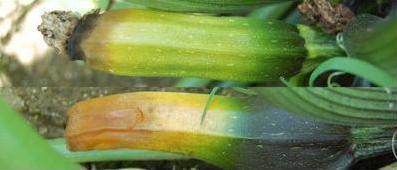
Via Applied Paranoia
Blossom-end rot is such a bummer. You think your plants are doing great, you see fruit forming, and then you see that the end of the fruit is black which means that your fruit is inedible. This is an issue because of a calcium deficiency or your soil has uneven moisture levels in it.
Solution: Sprinkle powdered milk around the base of the plant to increase calcium and water your soil evenly.
3. Stink Bugs
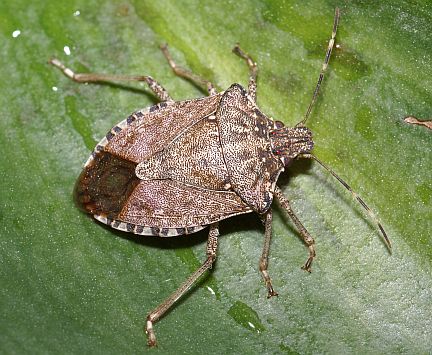
Via Stink Bugs Guide
I don’t like stink bugs. They are impossible to keep out of your house, but who knew they were also a threat to your squash plants? They are an issue because they will nibble on your plants.
Solution: Use insecticide, clean up plants and weeds in your yard, and do not give them a place to overwinter.
4. Squash Vine Borer
These little bugs do just what their names say. The eggs of these little creatures are laid at the base of a squash plant. When the eggs hatch, they begin to gnaw through the plant. This will obviously kill your squash plant.
Solution: You need to clean up your garden beds every winter so they don’t have anywhere to overwinter. If you begin to see signs or find eggs, sprinkle diatomaceous earth around the base of the plant. It is more about preventing this bug than defeating it because once you see it, then it is probably too late for your plant.
5. Pollination Issues
If you notice that your zucchini has blooms but no fruit, then there is a good chance that the plant wasn’t properly pollinated.
Solution: Plant flowers around your zucchini that attracts bees, or pollinate your plants manually with a q-tip.
6. Cucumber Beetle
Cucumber beetles are little bugs that go after squash, cucumbers, pumpkins, and beans. They eat little seedlings so if you see that your seedlings are being gnawed on (and probably killed) it is a good chance that this little bug could be behind it.
Solution: Sadly, insecticides don’t usually work on this pest. You can use sticky tape traps, or try to walk along and knock the bugs to the ground.
7. Aphids
Aphids are little bugs that go after multiple plants in any given garden. Squash is no different. They eat the stems, leaves, and pretty much any other part of the plant they can get into. So if you begin to notice that your plant is turning brown and failing, this little critter could be why.
Solution: The best way to prevent aphids from ever starting in the first place is by using companion planting. A lot of time certain plants will protect your crops from insects.
However, if you have them, a splash of cold water will often cause them to remove themselves from your plant.
Best and Worst Companions for Squash
The best companion plants for squash are corn, peas, beans, icicle radishes. These plants help deter certain pests that often attack squash plants.
So if you are able to plant them together it is highly recommended that you do so.
The worst companion plants for squash are potatoes and sunflowers. Though the sunflower is often a toss up between opinions, the potatoes are set in stone. Squash and potatoes will stunt each other’s growth. While sunflowers are said to be competitors for the same nutrients in the soil that squash need.
So again, if you can help to keep these plants apart, you’ll probably be better off for it.
How to Store Your Squash
Squash is usually ready to be harvested within 60 days of planting. You don’t necessarily want to wait until your squash is huge to pick them.
Actually, you’ll know that one week from the time you see a bloom on your plant that your squash is ready. You want to pick them while they are younger so they are more tender.
However, you don’t actually pluck squash either. Some do, but it is recommended that you cut them off so you don’t damage the plant. It is a good idea to check your plants daily so you don’t miss any squash and so they don’t get too big by going unnoticed. They will hide under the big leaves that summer squash often produces.
Once you cut your squash, summer squash will keep in a cool fridge for up to 10 days. Winter squash is ready to harvest when the rind is dark. If you just store them in a cool, dark place they’ll last the majority of winter.
It is not recommended to can squash so your option is to freeze them. You’ll just need to cut them into the desired sized pieces, blanch them for about 5 minutes in boiling water, place them in freezer bags, and freeze so you can use them throughout the winter months.
As you can tell, squash is pretty much a no-fuss vegetable. Give it a few simple necessities and it is good to go.
3 Mouth-Watering Recipes to Use Your Squash
1. Maple Cinnamon Butternut Squash
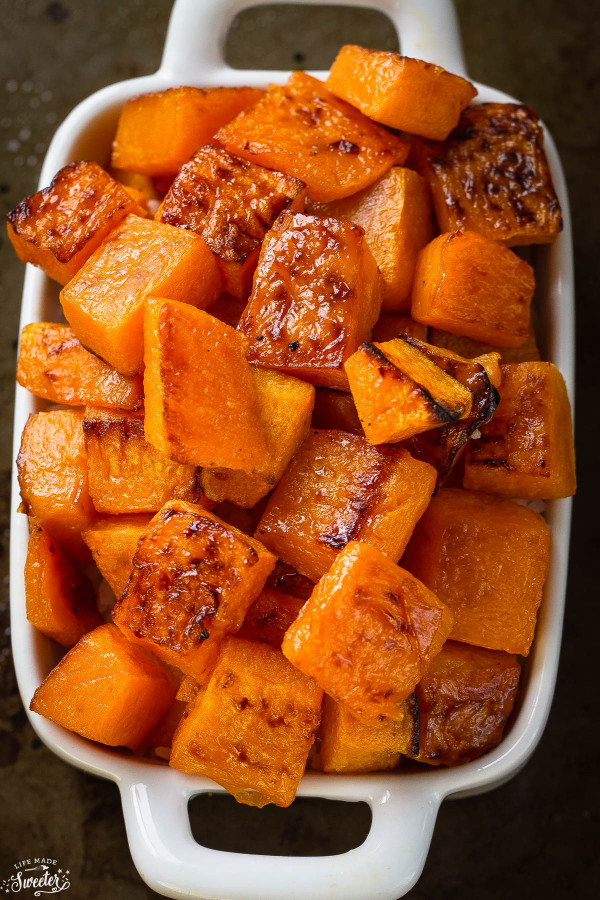
The words maple and cinnamon are what caught my attention for this recipe. Those two ingredients just go together so wonderfully in almost any dish.
So whether you’d like to use this recipe to go along with a weeknight dinner, or if you’d like to pull it out over the holidays, there is just something warm and comforting that is sure to soothe your hunger.
2. Bacon-Parmesan Spaghetti Squash

This recipe looks super simple to make. Not to mention, it has bacon and cheese in it. What’s not to love?
So if you are looking for a little different recipe to help you use your spaghetti squash, then you most definitely should check out this delicious recipe.
3. Butternut Squash Cornbread

As soon as I saw this recipe, I knew it was one that had to be tried. I’m a huge fan of cornbread. So to realize that it can be made with garden fresh ingredients just makes me that much more excited.
If you are like me, and like cornbread and would be interested in adding a little twist to your usual recipe, then you need to try this squash recipe.
So now that you know how to grow and use squash, hopefully you’ll find great success this growing season.
But I’d love to hear your thoughts. What has been your experience growing squash? Which variety is your favorite to grow? Do you have any growing tips or tricks to share?
